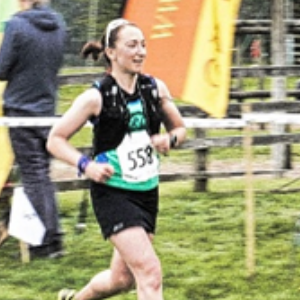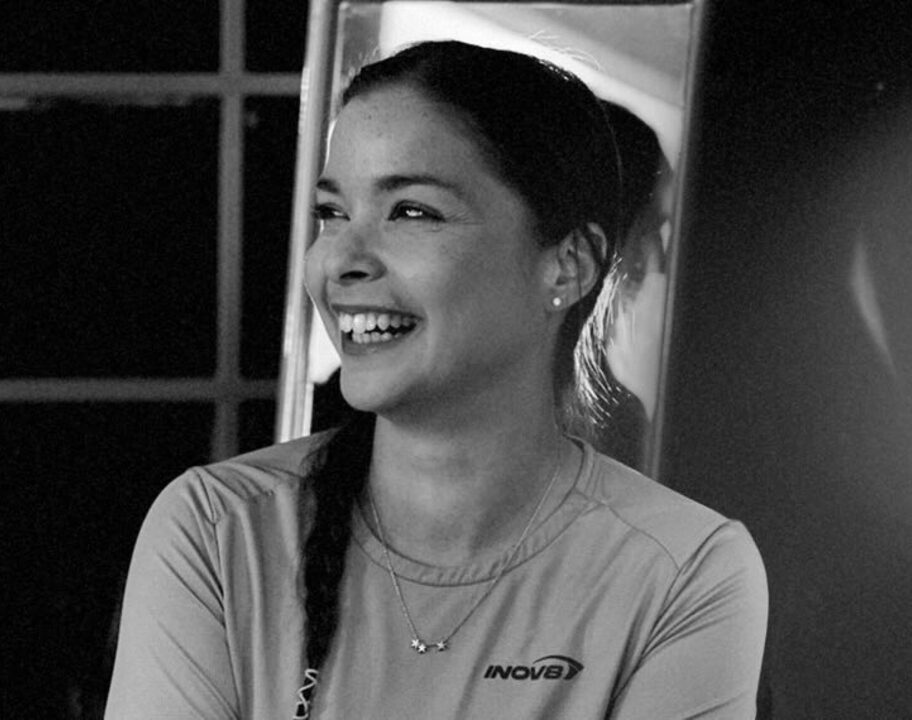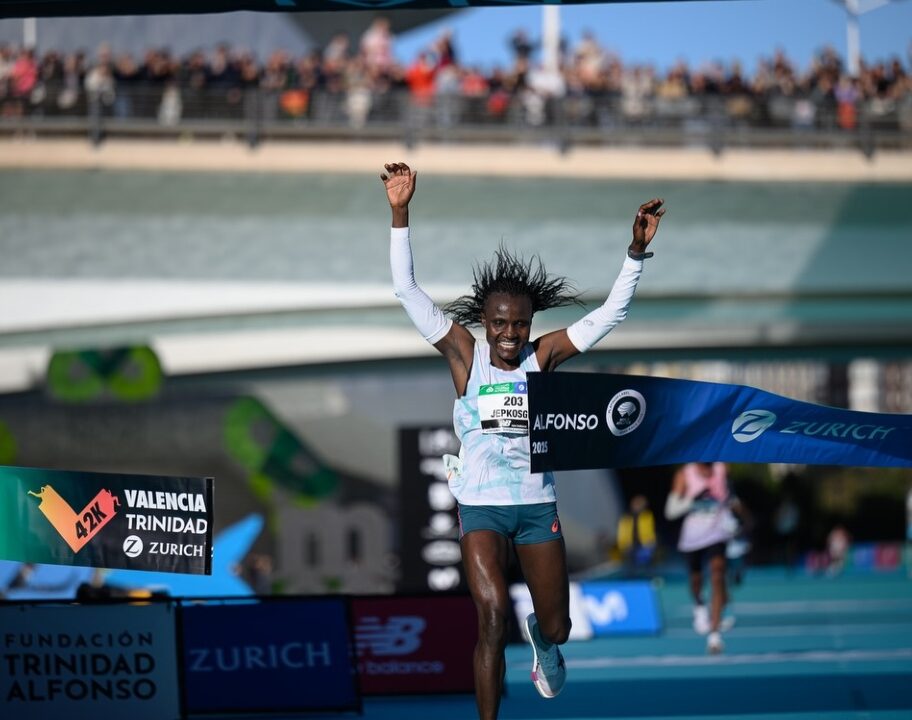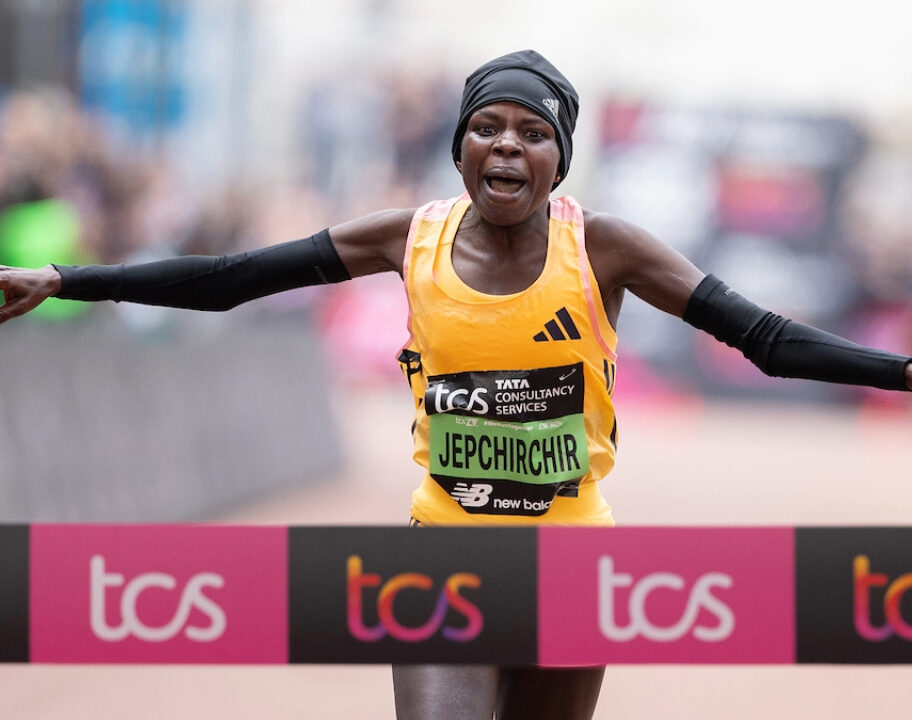Long distance running is having a moment. And not just the 26.2 mile marathon distance. More and more runners are being enticed by the prospect of going long: really long. With ultra marathons soaring in popularity, you might be tempted to test your limits and take on your first ultra. Or you might be wondering what an ultra marathon even is in the first place! Read on to find out everything you need to know about what ultra running is, and to get some expert insights from a coach and top ultra runner to help you on your journey to your first ultra marathon start line.
What is an ultra marathon? Ultra marathon distances
As you might guess from the name, an ultra marathon is any running event that’s longer than the standard 26.2 mile road marathon distance. Unlike other running events, there is no one set official distance for an ultra marathon. Popular distances include 50km, 50 miles, 100km and 100 miles. Some ultras – particularly backyard ultras – are less about a pre-determined distance and more about challenging participants to see how far they can run within a certain time frame. For example, 24 hour ultra events will often involve seeing how many laps of a short course you can run before time is up. Other ultra marathons are an epic point to point adventure, with the focus leaning more towards exploring and self-sufficiency than setting a super fast time.

Terrain in ultra marathon running also varies widely, and a significant number of ultra marathons tend to take place on trails, rather than on the road.
For first timers, the 50km ultra marathon distance can be a good entry point into ultra running. Combined with the off road terrain, this distance is challenging enough to feel like a step up from a road marathon. But not such an entirely different world that it feels intimidating. Think of the 50km as your gateway drug for ultra running. Before you know it you’ll be tempted to sign up for the Winter Spine or scouring the internet for clues on where to send your entry essay to Laz Lake for the Barkley Marathons!
Four top tips for taking on your first ultra marathon – insights from a running coach and ultra podium finisher
To help you on your way, we spoke to ultra runner and coach Kim Cavill – who was first female at the Hardmoors 110 mile ultra in 2024 – to get her four top tips for taking on your first ultra marathon.

Pick an event that matters
Staying motivated through training and on race day is going to be tougher than ever. So it’s important to choose an event that inspires you through the toughest day.
“I think you have to really want to do it,” says Kim. “So you have to pick an event or a target that matters to you.”
“For me it was local events that I knew the route, I really loved the route and the community was really important. Pick something that you really, really want to do and you won’t lose focus as easily.”
Get good at fuelling on the go with real food
One of the major factors in successfully completing an ultra is your nutrition – and that’s something you need to practice in training. “You have to get really good at fuelling on the go because for longer distances, the longer time you’re outside moving, you need to eat more,” Kim explains. “But you need to be able to eat real food as well. There are a few outliers that can do gels and carb drinks for eight hours, but very, very few people can do that. So get good at eating real food and a variety of real food.”
That ability to eat a variety of real food is key because not only will it stave off flavour fatigue, it will also reduce the likelihood of GI issues or under-fuelling ruining your day. It’ll be a trial and error process, so prioritise practicing with different food options early on in your ultra marathon training. This will give you plenty of opportunity to find out what works for you.
Do more strength work and get specific with it
Ultra marathon training isn’t just about running and hiking heaps of miles in all weathers across all terrains. Some of your key sessions are actually going to take place indoors, in the gym.
“Strength is way more important than speed in ultras. Even if you want to do a certain time in your race, and to achieve that your pace has to be quite fast. Your body is going to stand up better and be more capable of holding that pace if it’s more resilient.”
“Strength work is really important, over time it really helps if you don’t want to finish all crumpled up and hunched over!”
As much as we might prefer to head out for an extra run instead of spending an hour indoors doing strength work. Those hours in the gym will have a serious benefit for your running. Helping you to get stronger, more resilient to fatigue and less likely to experience injury.
SIMPLE STRENGTH TRAINING CIRCUIT FOR RUNNERS

SPLIT SQUATS
Single leg exercises such as split squats are great for building specific strength and stability for running. Keep the movement slow and controlled, and make sure your front knee isn’t tracking out beyond your toes – you want to be creating a 90 degree angle with your shin and your thigh in the depth of the squat. Sitting ‘back’ into it rather than pushing your front knee forward.
Alternative: Reverse lunges
Deadlifts
Working on your glute and hamstring strength will help you to build resilience, and unlock extra power for running up hills. Deadlifts will also have you engaging your core and stabilising through the shoulders so they’re a great compound movement to get bang for your buck in the gym.
Alternative: weighted glute bridges
calf raises
The calves are subject to significant load during running so it’s important to keep them strong. Start with double leg calf raises, focusing on keeping the ankles aligned not flaring out as you rise up on to your tip toes to work on balance and stability. Then use a wall or a bench to hold on to and perform weighted single leg calf raises to build strength.
Dumbbell Reverse fly
We want to keep our chests open and our shoulders back when we’re running to maintain an efficient posture. To do so, it’s important to strengthen the upper back muscles – which work to keep our shoulder blades back – and lengthen the pectorals. Reverse dumbbell flies are ideal as the movement pattern will open up the chest while working the upper back. Focus on squeezing your shoulder blades together at the top of the movement.
Alternative: seated cable row
Spiderman plank
A spiderman plank involves holding a regular plank and then bending one leg laterally to bring the knee up and round towards the elbow on the same side – like spiderman scaling a wall. Focus on keeping your torso, upper body and your supporting leg/hip as stable as possible as the working leg moves. This gets the core working hard to stabilise during movement – key for runners who want to be strong and efficient.
dead bugs
Dead bugs are not only ideal for strengthening the core while mimicking the hip flexion and extension of running. They also provide a nice stretch for the TFL and iliopsoas muscles at the front of your hip in the process – an area that can often get tight and start to cause issues as you up your run volume!
You don’t have to up your run mileage as much as you might think
If you want to do your first ultra marathon, there’s no getting away from the fact that you’re going to have to up your weekly run mileage. But Kim Cavill highlights that it might not have to be as hardcore as you think. “A lot of people go into it and go: ‘Right, I’m going to have to do a 30 mile run on a Saturday followed by a 20 mile run on a Sunday. And I’m gonna have to do that for weeks and weeks or months and months.’ But you don’t have to do those long back to backs,” Kim explains.
“We’ve had a lot of really good outcomes with people we coach of even doing a long run on a Saturday and a walk on a Sunday if you want to do that sort of back to back style training. So you definitely don’t need to do weeks and weeks of eight hour runs followed by five hour runs.”
Particularly for first time ultra-runners, that strategy Kim has outlined of using long walks as well as long runs to increase your overall volume can be a good option to avoid injury and overload. Consistency and sustainability in your training is key to being able to get to the start line healthy. “Keep it sustainable,” says Kim, “and then you’re going to get to your race in good shape and you’re going to actually be able to finish it.”
Looking for a first timer friendly ultra marathon event? Take a look at our 13 Valleys Ultra race guide! And if you’ve already found a race, be sure to check out our ultra marathon gear guide and our top tips for preventing blisters while run training.


![Russ Cook completes his epic run across the entire length of Africa [Photo credit: The Snapshot People Ltd]](https://run247.com/wp-content/uploads/2024/04/Russ-Cook-completes-length-of-Africa-run-2024-912x720.jpg)



